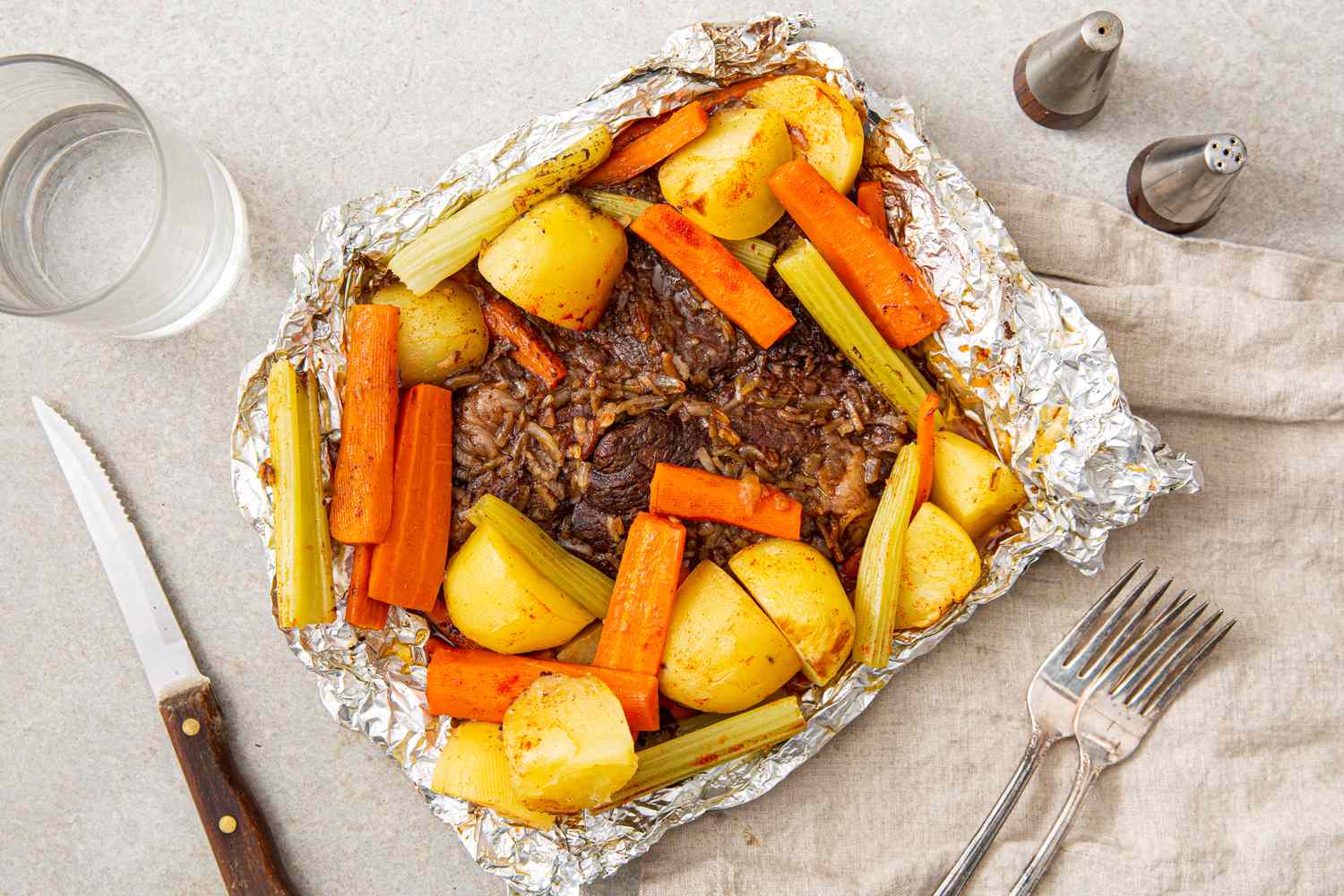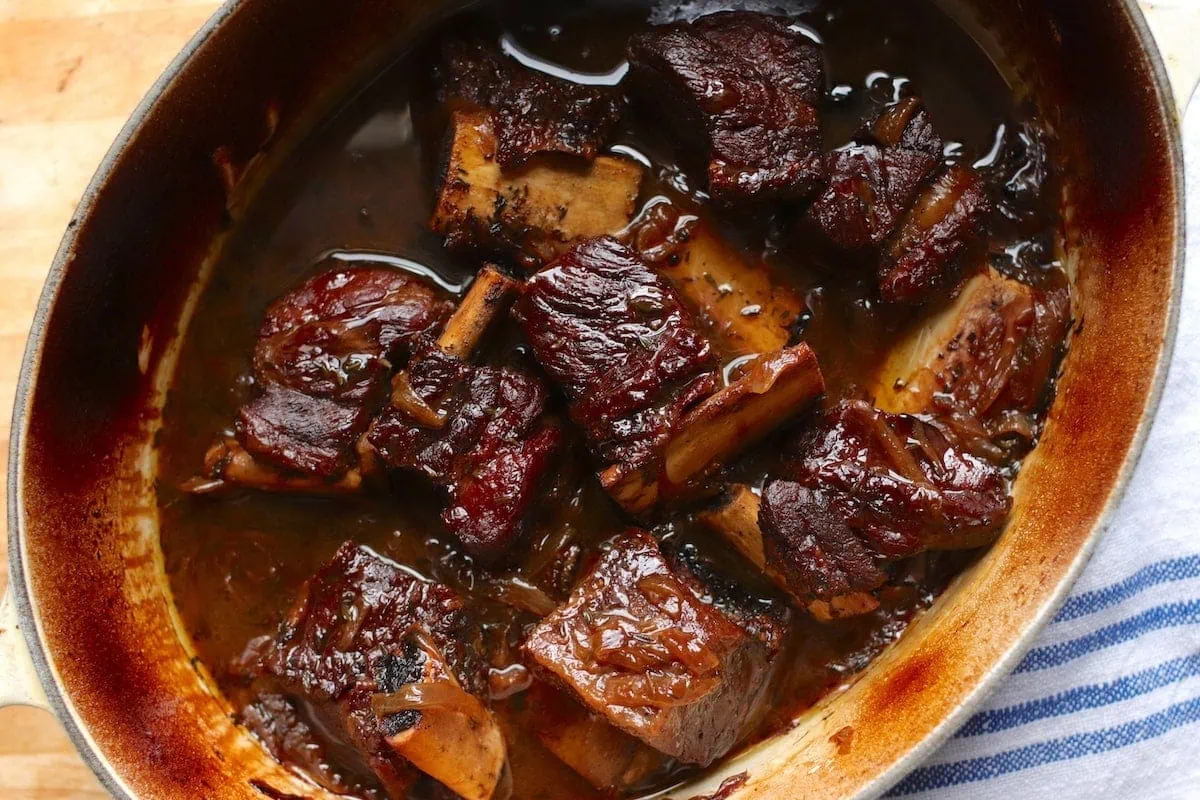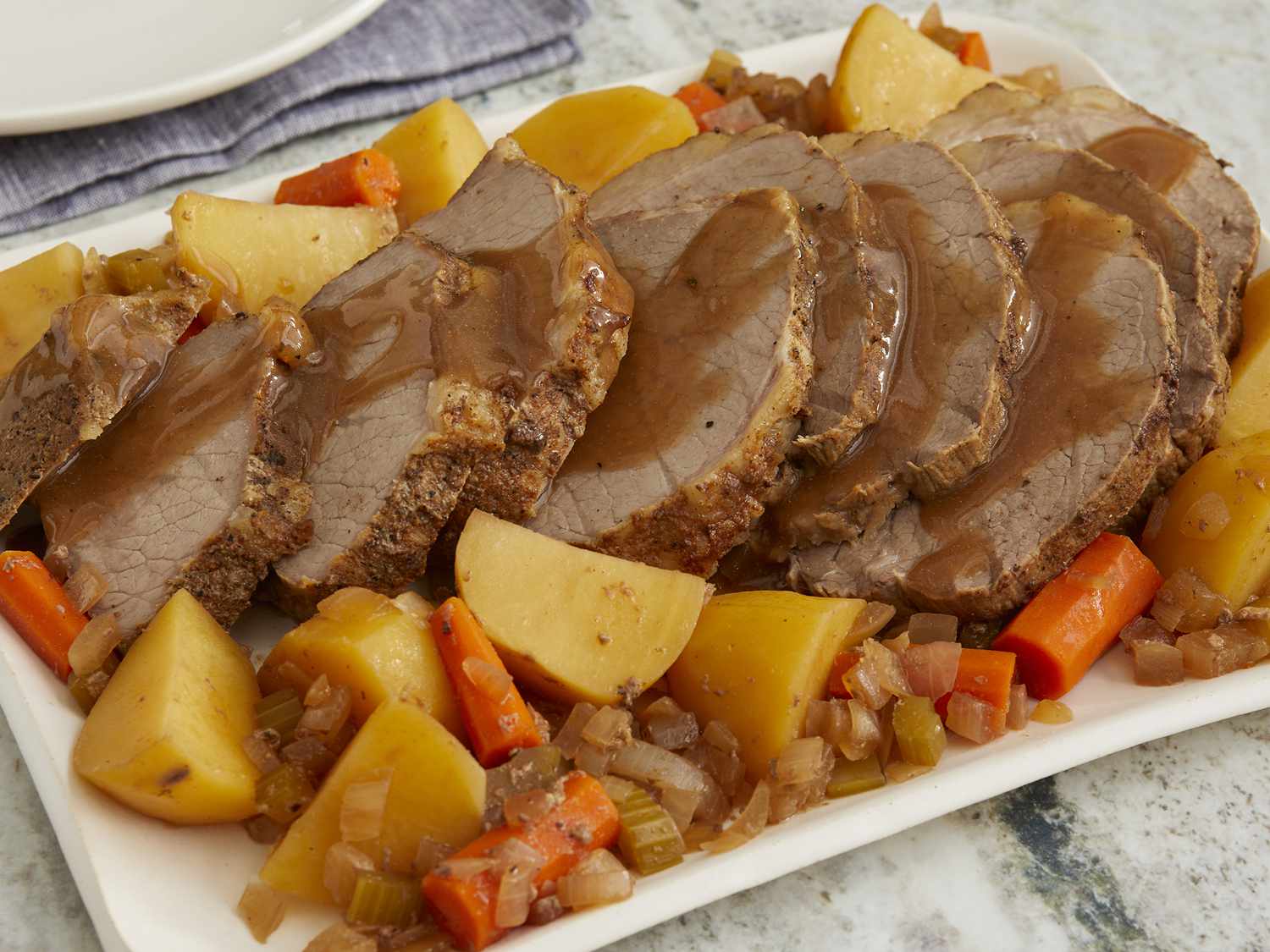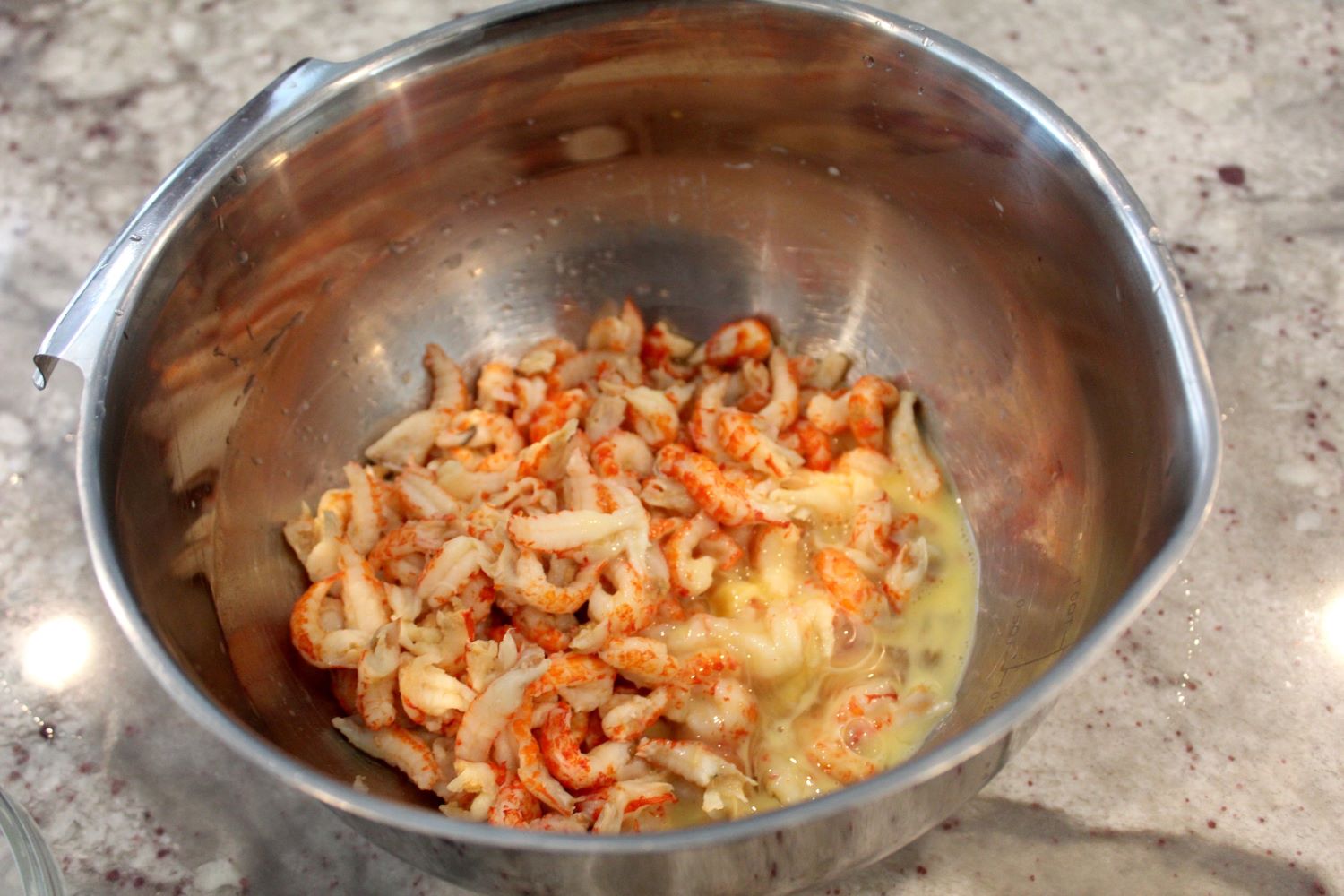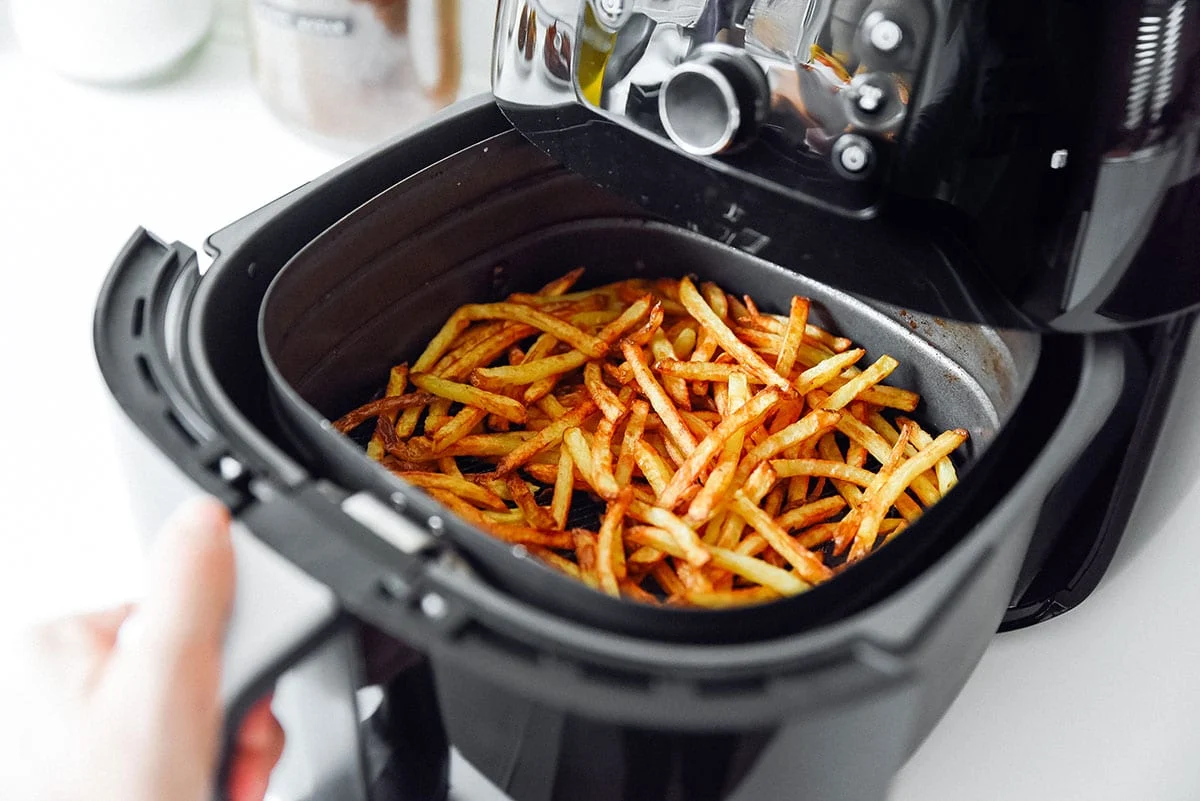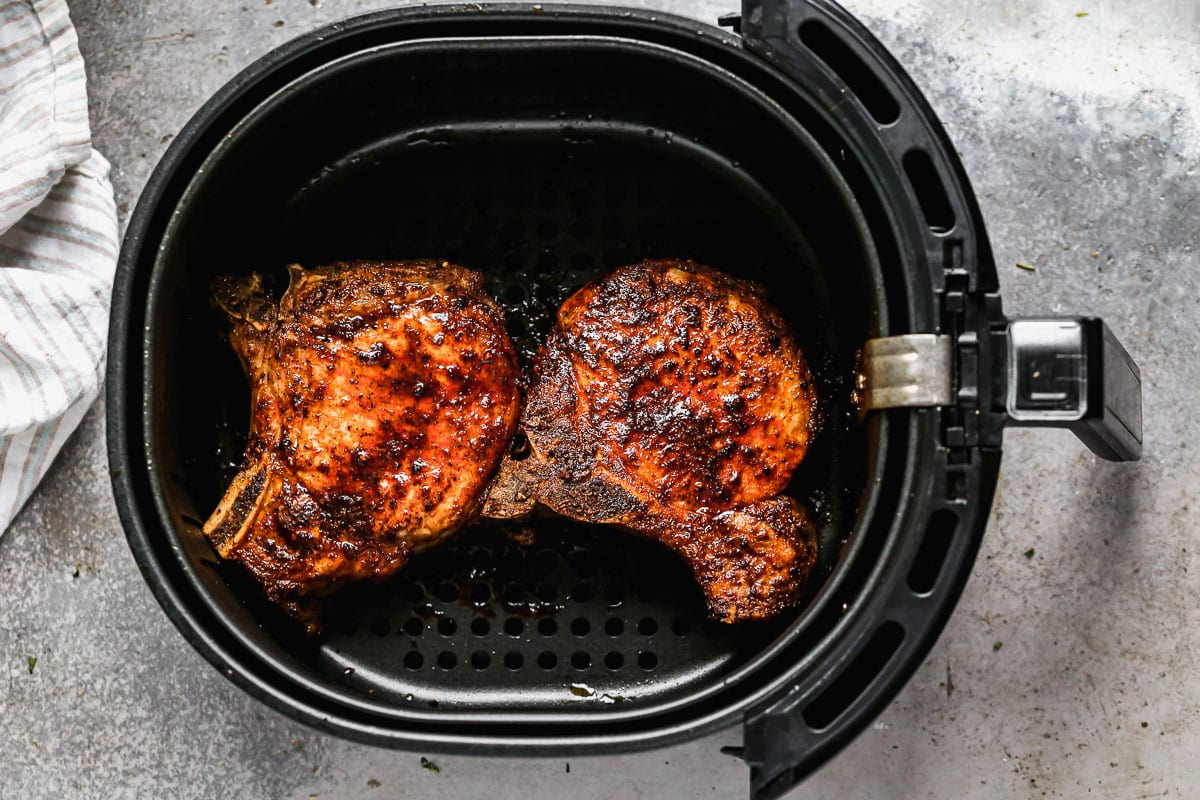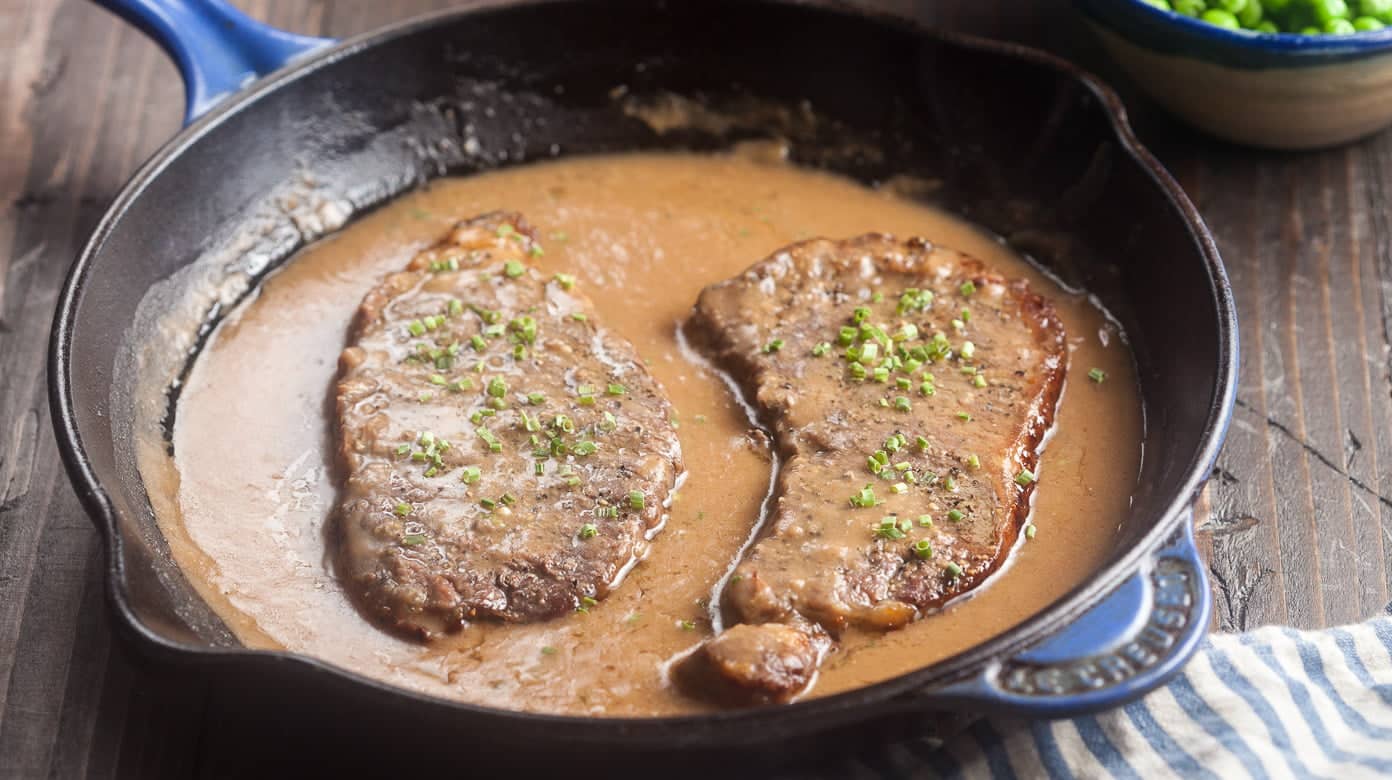Cooking canned squash is a convenient and quick way to enjoy this nutritious vegetable without the hassle of peeling and chopping. Whether you're aiming to whip up a side dish, soup, or a casserole, canned squash offers a time-saving solution. This guide will walk you through the basics of transforming canned squash into a delicious meal. With a few simple steps and the right seasonings, you can elevate canned squash into a dish that tastes as good as fresh. Perfect for busy weeknights or when you need a healthy addition to your meal in a pinch, let's get started on how to cook canned squash effectively.
Gather Your Ingredients
- Canned squash
- Olive oil
- Salt
- Pepper
- Garlic powder
- Onion powder
- Dried thyme
- Grated Parmesan cheese (optional)
Essential Cooking Tools
- Can opener
- Colander or strainer
- Medium-sized saucepan
- Wooden spoon or spatula
- Measuring cups
- Measuring spoons
- Knife
- Cutting board
For cooking canned squash, always drain excess liquid first. Then, sauté with butter, garlic, and herbs for a flavorful side. Season with salt and pepper to taste. Quick and easy!
The Benefits of Cooking Canned Squash
Cooking canned squash is a quick, convenient way to enjoy this nutritious vegetable without the hassle of peeling and chopping. It's perfect for busy weeknights or when fresh produce isn't available. Canned squash retains many of the vitamins and minerals found in fresh squash, making it a healthy addition to meals.
Heating canned squash properly enhances its natural sweetness and texture, making it more palatable and versatile in dishes. Whether you're aiming for a creamy soup or a side dish, understanding how to cook canned squash can elevate your culinary creations, ensuring they are both delicious and nutritious.
Your Step-by-Step Cooking Guide
-
Open the can: Start by using a can opener to carefully open your canned squash. Ensure to do this over a sink to avoid any mess from the liquid inside.
-
Drain the squash: Once opened, drain off the excess liquid. You can do this by pressing the lid against the squash and tilting the can over the sink, allowing the liquid to escape while keeping the squash inside.
-
Rinse (optional): Some prefer rinsing their canned squash to remove any tinny taste. If you choose to do so, transfer the squash to a colander and gently rinse under cold water.
-
Prepare for cooking: Transfer the drained (and optionally rinsed) squash into a microwave-safe dish if you're microwaving, or a saucepan if you're heating it on the stove.
-
Season: Before heating, season your squash. Salt, pepper, and a bit of butter or olive oil are common choices. Feel free to add herbs like thyme or rosemary for extra flavor.
-
Microwave cooking: Cover the dish with a microwave-safe lid or plastic wrap. Make sure to leave a small opening for steam to escape. Microwave on high for about 2-3 minutes. Stir halfway through the cooking time to ensure even heating.
-
Stove-top cooking: Place the saucepan on the stove over medium heat. Stir occasionally to prevent sticking and promote even heating. Cook for about 5-7 minutes, or until the squash is heated through.
-
Adjust seasoning: Taste your squash after heating. Adjust the seasoning with more salt, pepper, or herbs as needed.
-
Serve immediately: Once heated and properly seasoned, your canned squash is ready to serve. Enjoy it as a side dish or incorporate it into other dishes as desired.
Mastering Canned Squash
Cooking canned squash is a breeze, and now you've got all the tricks up your sleeve to turn it into a delightful dish. Whether you're sautéing, baking, or simply heating it up, remember to add your personal touch with herbs, spices, or a splash of cream. This versatile veggie can elevate weeknight dinners or stand proudly on your holiday table. Don't forget, the key to making canned squash shine lies in seasoning and creativity. So, next time you're in a pinch or looking to whip up something comforting and quick, reach for that can of squash. With these tips, you're well on your way to transforming simple canned squash into a dish that's anything but ordinary. Happy cooking, and here's to making humble ingredients taste like gourmet fare!
All Your Questions Answered
Can you cook canned squash directly from the can?
Sure thing! Canned squash is already cooked, so you're basically warming it up. Pop it into a saucepan over medium heat. Stir occasionally until it's heated through. Easy as pie!
What's the best way to enhance the flavor of canned squash?
Spice it up! A pinch of salt, pepper, and a dash of nutmeg or cinnamon can work wonders. For a savory twist, sauté some garlic and onions before adding the squash. It'll add a nice depth of flavor.
Is it necessary to drain canned squash before cooking?
Not always. Depends on your recipe. If you're aiming for a thicker consistency, like in casseroles or pies, draining might be a good idea. Otherwise, the liquid can add a nice, smooth texture to soups and stews.
Can canned squash be used in baking?
Absolutely! It's a shortcut for many bakers. Perfect for bread, muffins, and even pies. Just make sure to drain it well if the recipe calls for solid pack pumpkin or fresh squash to keep the moisture level in check.
How long does cooked canned squash last in the fridge?
Once you've heated it up, you should eat it within 3-4 days. Make sure to store it in an airtight container to keep it tasting fresh.
Can you freeze dishes made with canned squash?
For sure! Dishes like soups, casseroles, and even squash-based desserts freeze well. Just remember to cool it down completely before freezing and use within a few months for the best quality.
Is canned squash as nutritious as fresh squash?
Pretty much! Canned squash retains most of its nutrients, including vitamins A and C, though some vitamins might be slightly reduced during the canning process. It's a great, convenient option when fresh squash isn't available.
Was this page helpful?
Read Next: How To Cook White Sweet Potato

